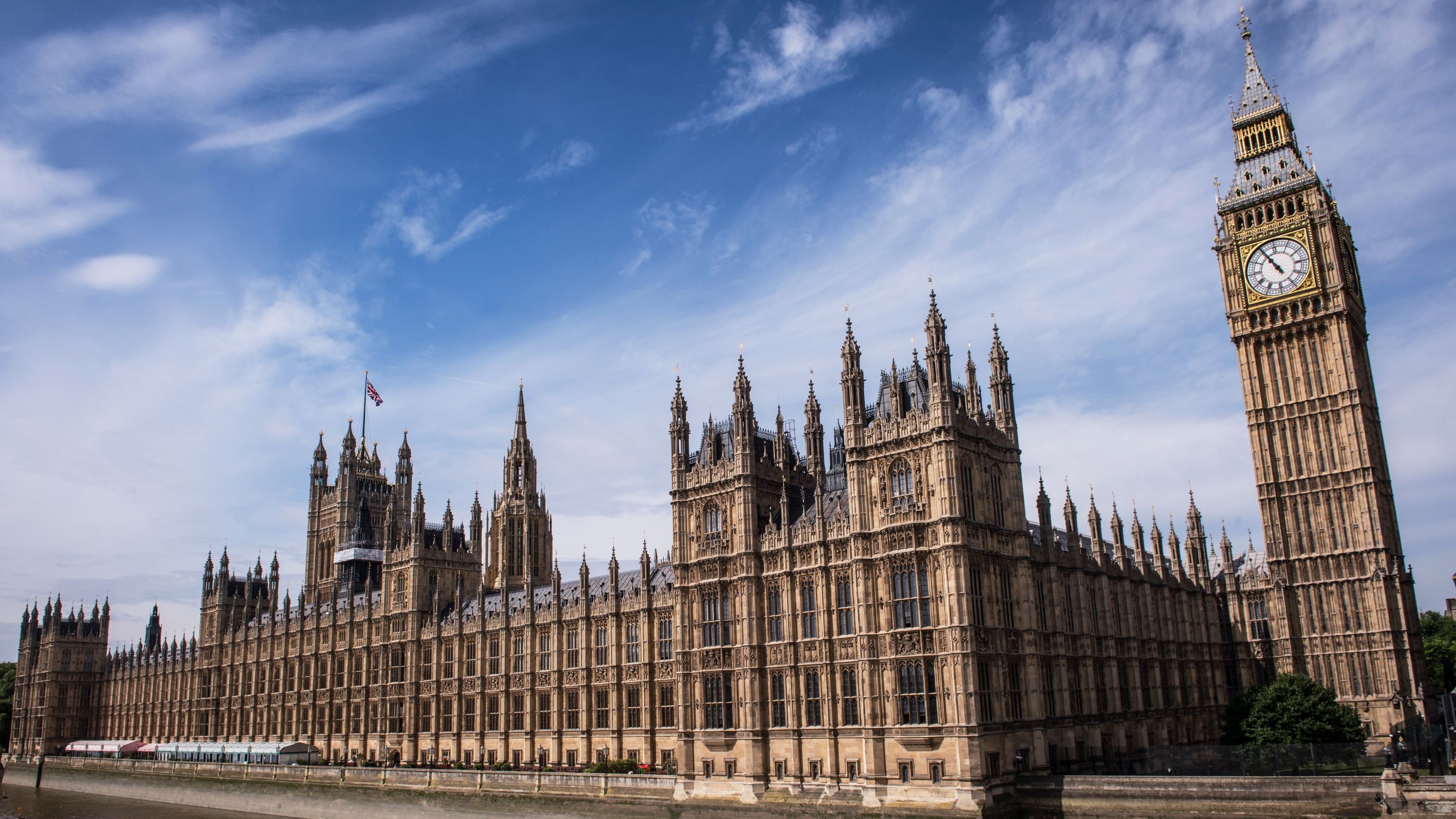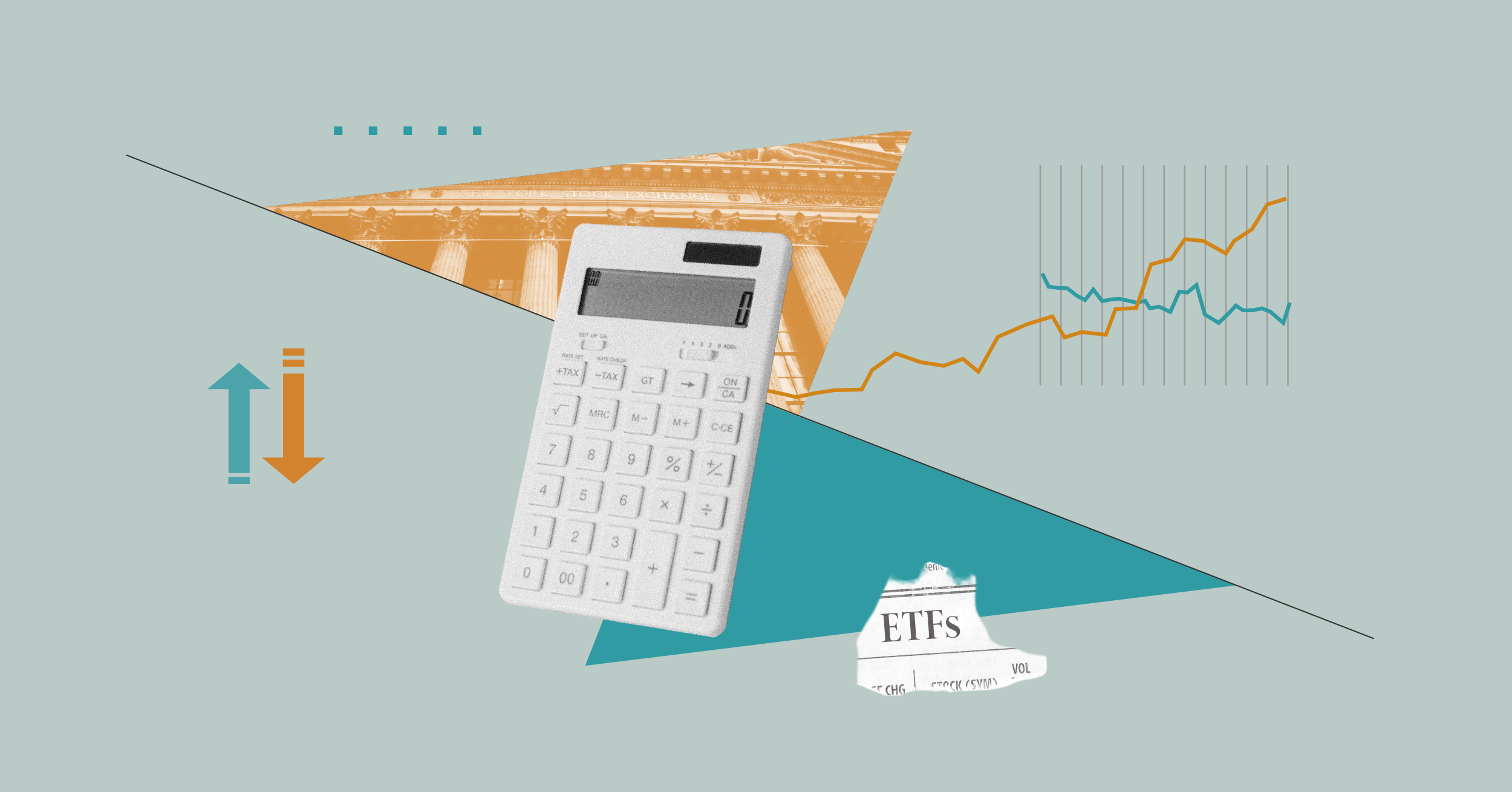
Our latest stock of the week poll asked our Twitter followers to choose between candidates set for promotion (or demotion) to and from the FTSE 100 in the latest quarterly reshuffle, which comes into effect at the end of June. Letters and parcels group Royal Mail (RMG) was the clear favourite in the poll, ahead of UK broadcaster ITV (ITV).
ITV was announced on June 2 as the newest member of the blue-chip index, replacing engineering firm Renishaw (RSW), but Royal Mail had already entered the FTSE 100 on May 28 after the listing of RSA Insurance was deleted following its takeover by Denmark’s Tryg and Canada’s Intact Financial.
Royal Mail’s entry into the FTSE 100 marks a remarkable reversal of fortunes for the firm, which was demoted to the FTSE 250 in December 2018, axed its dividend in 2020 and was until recently one of the most shorted stocks on the FTSE.
Royal Mail's Turnaround
What’s behind this turnaround, which has seen shares climb from a March 2020 low of 124p to just shy of 600p? Shares are now close to the all-time high seen in 2018, having been first offered to investors back in 2014 for 330p.
The recent near four-fold increase in the share price since the market crash has been inspired by a range of factors working the company’s favour. The most obvious is that Royal Mail has benefited from the boom in parcels during the UK’s multiple lockdowns. It has also been in the vanguard of the UK value rebound. Royal Mail is the best performer among the 36 mid-cap value shares in the Morningstar UK Index year to date.
Recent full-year results have also been very favourable to the turnaround story, and backed up by a return of the dividend, a key element of the shares’ appeal to investors. In the year to the end of March 2021, Royal Mail posted pre-tax profits of £726 million, up from £180 million the year before, with revenue up 16.6% to £12.6 billion. Royal Mail, the letters and parcels business, still provides the bulk of this revenue at £8.6 billion, a rise of 12% on the year, but revenue at its European logistics business GLS is growing faster – an increase of nearly 28% to £4 billion.
Dividend-wise, investors are receiving a one-off payout of 10p share, which is better than expected in June last year when the company said it would pay no dividend for the financial year and scrapped its final dividend for 2019-2020. For this financial year, the company will pay a fixed 20p per share, a yield of around 3.4% at the current share price, and in future will pay a dividend based on how well the company is doing. “The defined dividend policy – backed up by a strong balance sheet providing rare clarity on income – is something that many other UK companies have been unable to do,” says John Moore, senior investment manager at Brewin Dolphin..
Royal Mail makes up more than 8% of the TM Stonehage UK Equity Income fund, which has a Morningstar Quantitative Rating of Neutral, and 3.5% of Gold-rated Schroder Recovery. It is also the biggest holding in value-focused Temple Bar (TMPL) investment trust at 7% of the portfolio. The 1-star rated trust was the worst performing Morningstar rated trust in 2020, losing nearly 26%, but was the best performer in the first quarter, underlining how dramatic the value rally has been.
What Does the Future Hold for Royal Mail?
Royal Mail’s “universal service obligation” means it can’t just focus on the lucrative parcels market and jettison the burden of delivering to every UK address six days a week for a standard price. The price of a first class stamp went up at the start of the year to 85p from 12p in 1980, above the rate of inflation – but regulator Ofcom says it’s ready to step in if it thinks the cost no longer represents good value to the conusmer.
Along with regulation, another risk to Royal Mail is that the parcels boom may subside as the UK re-opens. In its latest set of results, the company said parcel volumes were down 2% on this year, but letters sent were up 25% on the year (although still below pre-pandemic levels). Costs are also a concern to investors. Hargreaves Lansdown analyst Susannah Streeter notes the near 10% rise in costs last year and planned £400 million spending this year to catch up after years of underinvestment: “Keeping up with the demand for online shopping has come with a significant cost. Delivering parcels is a more expensive business, than light letters. Turning sorting offices and routes into Covid safe environments also wasn’t cheap.”




























